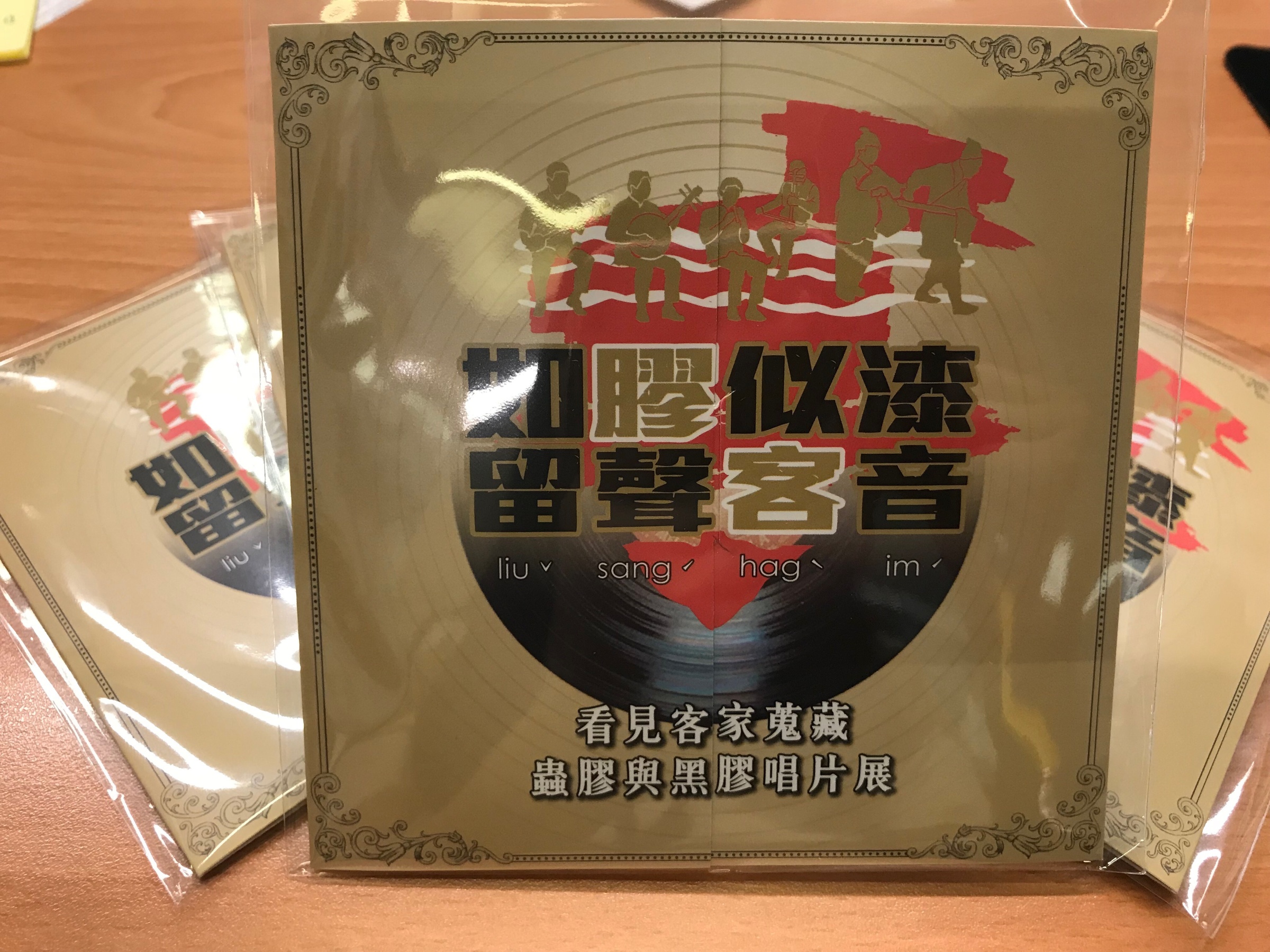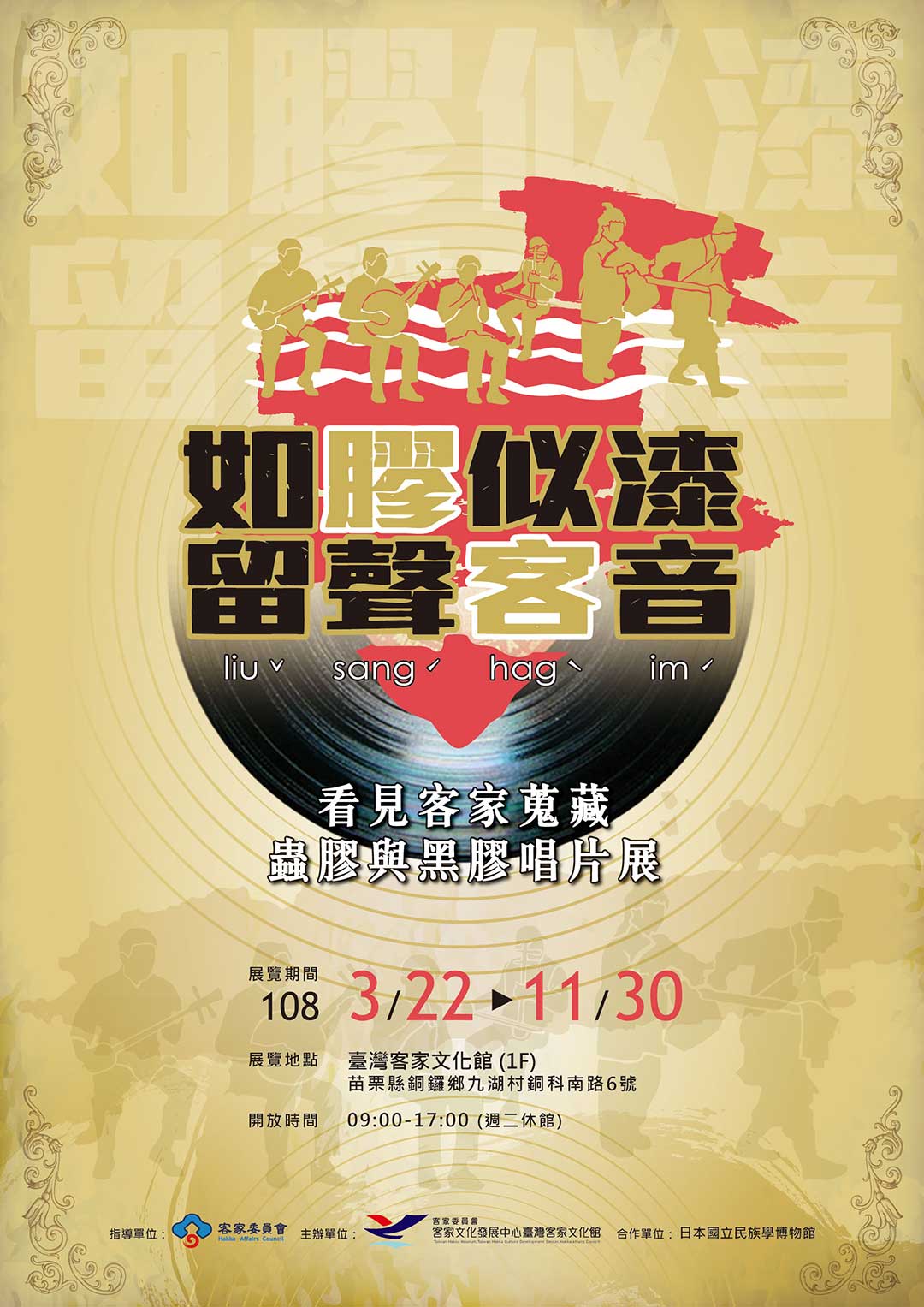
News
【Taiwan Hall Announcement】Stick Together with Hakka Music - shellac discs and vinyl records seminar
- Source:客家文化發展中心
- Publication Date:2019/03/20
- Last updated:2023/08/08
- Count Views:853
Now people are listening to music by downloading music from YouTube or KKBOX.
But do you know how people used to listen to music?
We have invited the record collector - Dr. Hsu Teng-fang
So let’s listen to the history of Taiwanese sound and Hakka music through the music with the stylus of the phonograph engraving on shellac discs.
Seminar registration website: https://goo.gl/ZrGQv3
The registrars online will get digital shellac discs collected in Taiwan Hakka Museum for free.

Time: 13:30 – 15:30, March 23, 2019 (Saturday)
Venue: Briefing Room of Taiwan Hakka Museum (No.6, Tongke S. Rd., Jiouhu Village, Tongluo Township, Miaoli County)

Lecturer: Dr. Hsu Teng-fang
Dr. Hsu has been influenced by music at home since childhood. He missed the old songs in his childhood memories and loved old cultural relics so he began collecting vinyl records more than 20 years ago. In the process of treasure hunting in second-hand record stores, he found phonographs accidentally. After listening to the 78-rpm records played with the phonograph for the first time, he was so impressed that he began to collect relevant information and to purchase 78-rpm records and phonographs on internet.
Seminar processes:
|
Time |
Process |
|---|---|
|
13:20-13:30 |
Registration |
|
13:30-14:30 |
Topic 1: Listen to the history of Taiwanese sounds |
|
14:30-15:30 |
Topic 2: Relative Hakka music |
Content of the topics:Topic 1: Listen to the history of Taiwanese sounds
主題一:聽見臺灣聲音的歷史
The singing of singers can be recorded,
and all sounds come out when the phonograph plays
In 1877, Thomas Alva Edison invented the phonograph.
In 1898, on June 17, Taiwan’s Daily News reported “Piano Wonders”, which was the earliest record that Taiwanese had contact with phonographs.
In 1910, in November, Taiwan's first record company, " Nipponophone Company of Monopoly Bureau Taipei Branch of Taiwan Governor's Office" (or Nitchiku for short) was established. In addition to making phonographs in Japan, it also recorded Japanese, Chinese and Taiwanese albums, and sold them around Taiwan.
In 1914, the boss of Nitchiku, Okamoto Otaro brought fifteen Taiwanese Hakka musicians including Lin Shisheng, from Taipei to the head office in Tokyo and made recorders there. This batch of Nitchiku record with prefix 4, a double-sided disc titled "Formosa Song", was the earliest Taiwanese music record.
In 1926, The era of popularization of Taiwanese phonograph record was coming
In 1931, in March, the first Taiwanese pop song in Taiwan “Black cat Marching Song” was released
In 1932, in May, the first big-selling popular "Peach Blossom Weeps Tears of Blood" was released.
Topic 2: Relative Hakka music
〈Sù-kùi-âng (四季紅)〉,〈Goa̍t-iā Chhiû (月夜愁)〉,〈Bāng Chhun-hong(望春風)〉、〈muá-bīn-tshun-hong (滿面春風)〉、〈Ú-iā-hoe (雨夜花)〉
The first Hakka pop album "Looking at the sky / sending lover" was released in April, 1934.
In August, 1939, of "蕃社の娘(The Bride of the Society)" was the published, which was the original version of the Mandarin version "Eighteen-year-old Girl is like a Flower " and the Taiwanese version "tsa̍p-peh koo-niû".
Bāng Chhun-hong (望春風) was adapted into 大地は招く
Goa̍t-iā Chhiû (月夜愁) was adapted into 譽れの軍夫
Ú-iā-hoe (雨夜花) was adapted into 軍夫の妻
Hô-piⁿ Chhun-bāng (河邊春夢) was adapted into 新しき花
サヨンの鐘 was adapted into Moonlight Serenade (月光小夜曲)
